Tinctures are made generally with 100% Alcohol and herbs. You can also make them with other liquids and the ratio most of the time will be the same. So the first step is to know the ratio for the specific herb you want to tincture. You can do this by looking on the internet, or herbal books. One of my recommended books on the subject is "Herbal Antibiotics", by Stephen Harrod Buhner. It has 200 tincture ratios and a good chapter on the subject.
He covers Ashwagandha from cultivation, dosage and properties all backed by scientific research.
Tincture Ratios of Ashwagandha
Dry root: 1:5 70% alcohol 30-40 drops up to 3x a daily
Fresh leaf: 1:2 95% alcohol 10-30 drops up to 3x daily
Dry seed: 1:5 65% alcohol, 15-30 drops up to 3x daily
Fresh fruit: 1:2 (grind them up) 95% alcohol 15-30 drops 3x daily
Most of the time in the US the roots of the plant are used but in many parts of the world the whole plant is used.
How To Read The Dry Root Ratio (1:5 70%)
Dry root ratio is 1 part dried root to 5 parts liquid. Of this liquid 70% of it will be 100 proof alcohol. Everclear Vodka is the highest alcohol you can buy in most places so use that it's almost 100% proof.
Use a scale to weight the herbs, and you will need a spice grinder if it's not ground into smaller pieces.
To make 100g tincture
20g dry root
70g alcohol
30g water
Put into a small glass jar and store in a cool dark place. Shake to mix every day of so. In about 2 weeks it will be ready but you can leave it for months. I put mine into small bottles with an eye dropper to use daily.
He covers Ashwagandha from cultivation, dosage and properties all backed by scientific research.
Tincture Ratios of Ashwagandha
Dry root: 1:5 70% alcohol 30-40 drops up to 3x a daily
Fresh leaf: 1:2 95% alcohol 10-30 drops up to 3x daily
Dry seed: 1:5 65% alcohol, 15-30 drops up to 3x daily
Fresh fruit: 1:2 (grind them up) 95% alcohol 15-30 drops 3x daily
Most of the time in the US the roots of the plant are used but in many parts of the world the whole plant is used.
How To Read The Dry Root Ratio (1:5 70%)
Dry root ratio is 1 part dried root to 5 parts liquid. Of this liquid 70% of it will be 100 proof alcohol. Everclear Vodka is the highest alcohol you can buy in most places so use that it's almost 100% proof.
Use a scale to weight the herbs, and you will need a spice grinder if it's not ground into smaller pieces.
To make 100g tincture
20g dry root
70g alcohol
30g water
Put into a small glass jar and store in a cool dark place. Shake to mix every day of so. In about 2 weeks it will be ready but you can leave it for months. I put mine into small bottles with an eye dropper to use daily.


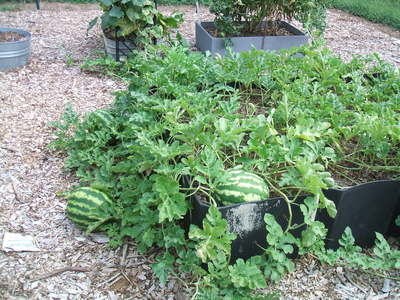
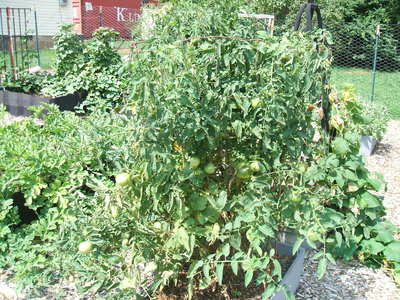
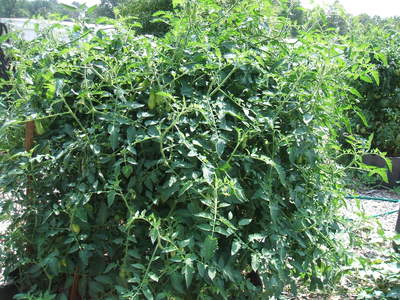
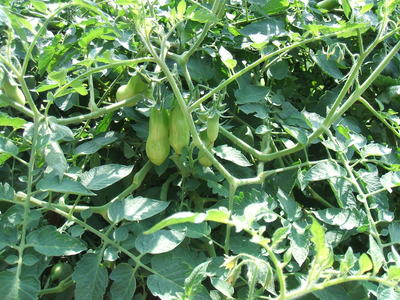
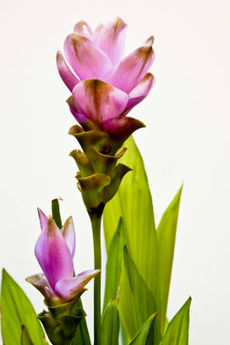
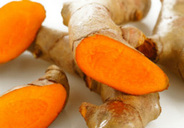
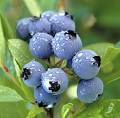
 RSS Feed
RSS Feed
